In the build-up to last week’s World Championship cross-country races, photos of riders getting dialled in on the course’s most technical features dominated social media feeds.
Be it Tom Pidcock mid-flight over the Falla Brae gap or Evie Richards gliding down The Salmon Ladder, a near-vertical rock drop, the Glentress course produced an event fit for XC racing in 2023.
That is to say, riders are being pushed harder than ever, with modern XC racing at World Cup and World Championship level placing a greater emphasis on technical ability – as well as the usual flat-out racing from the flag. For many spectators, it’s becoming an intoxicating combination.
Take a look at the bikes being ridden on the world’s course and it’s clear that full-suspension cross-country machines now rule the roost, and increasingly fewer riders are using a hardtail.
The writing’s certainly been on the wall for a while, so where does this leave the humble hardtail mountain bike? Let’s take a look at the past, present and future of cross-country bikes.
The full-suspension takeover

The Glentress World Championship course was typical of modern XCO tracks (XCO stands for Cross-Country Olympic, the blue-ribbon XC event, whereas XCC stands for Cross-Country Circuit, the short-track event).
Riders – and spectators – were treated to sizeable rock gardens, rooty and rock-roller descents, and a three-metre gap jump, while the course continued to send heart rates skyrocketing with its hairpin-laden climbs over the hills of the Scottish Borders.
As race courses have become more demanding, the best XC bikes have evolved to match the technical demands of the latest tracks, too.
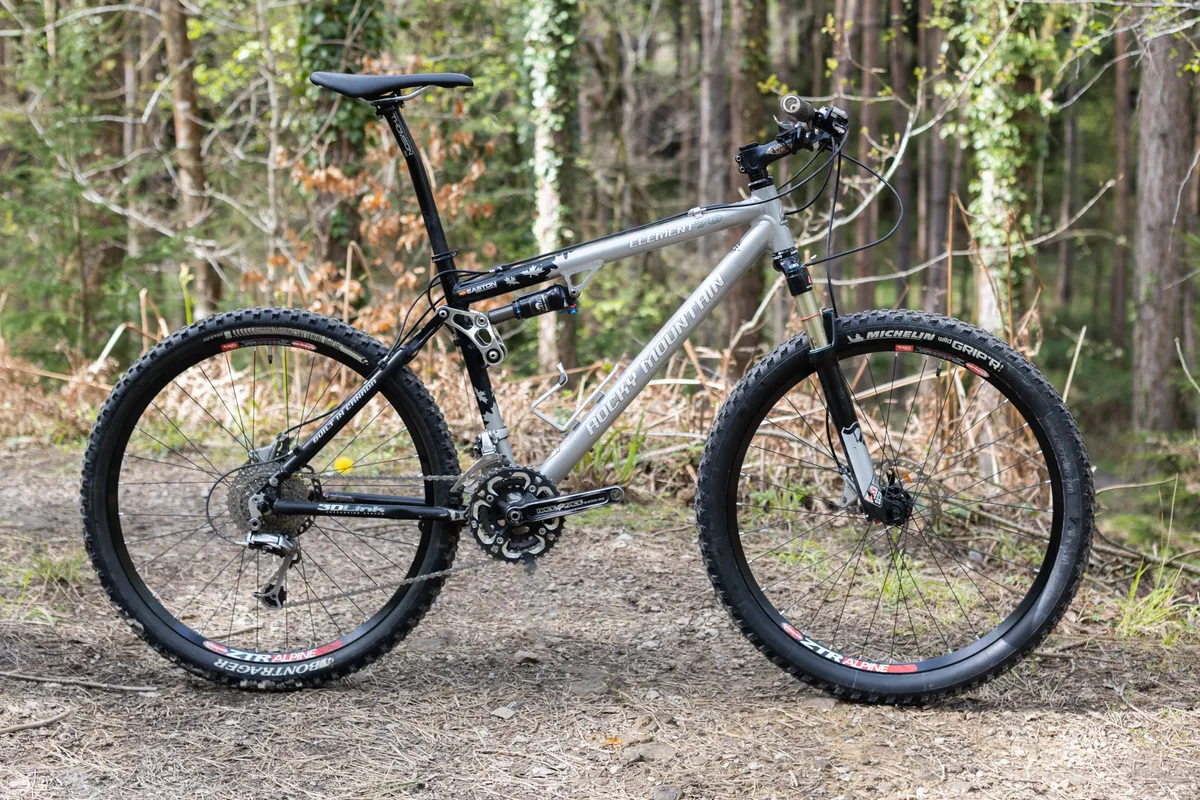
Gone are the days of 26in wheels shod with skinny 1.75in tyres, cantilever brakes and 80mm of suspension travel.
Today’s bikes roll on 29in wheels, at least 100mm of suspension travel up front, wider and fast-rolling tyres – with 2.4in the norm – and progressive geometry. Even dropper posts are seeing increased use in racing, with some riders willing to take the weight penalty in order to have more room to manoeuvre on technical descents.
In Scotland, the vast majority of riders in the XCO races were on full-suspension cross-country bikes. In fact, of the six podium places in the men’s and women’s elite races, five of the six bikes were full-suspension, with Pauline Ferrand-Prévot the only rider opting for a hardtail.
A plethora of cross-country releases
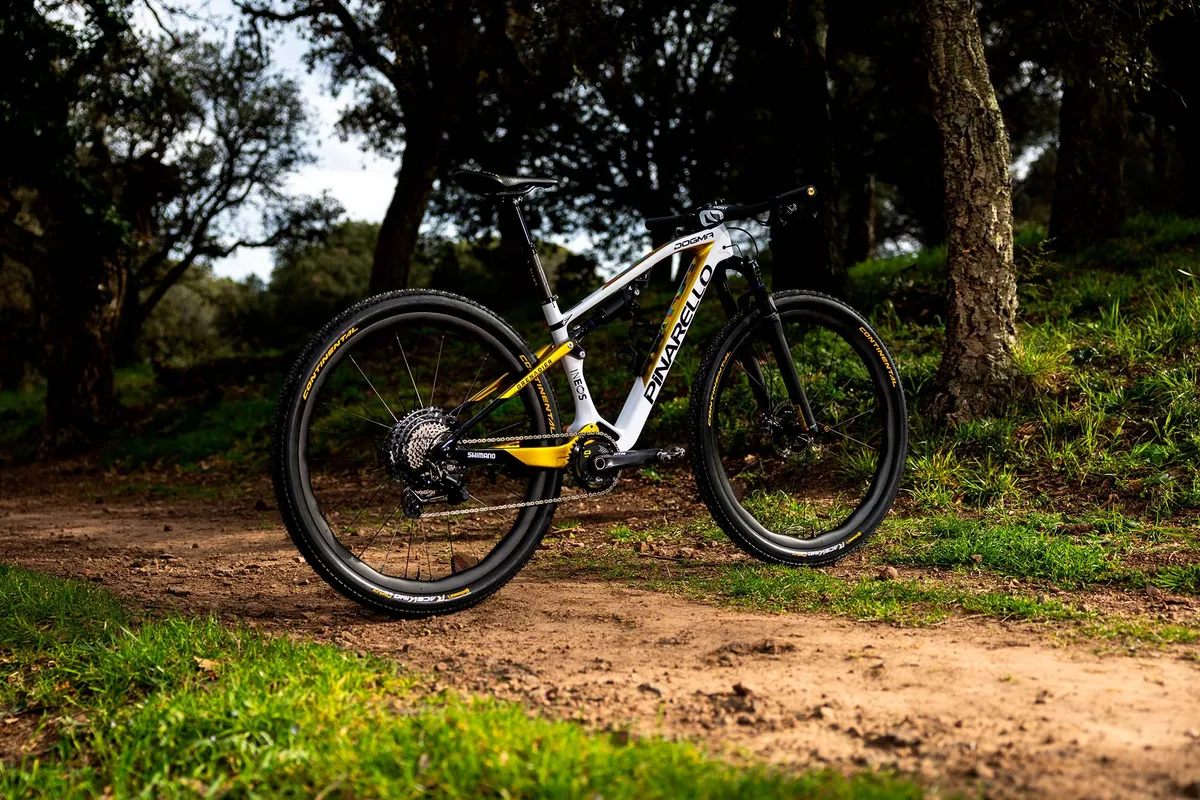
There’s been no shortage of cross-country bike releases this year, in anticipation of both the World Championship races and next year’s Olympic Games in Paris.
These releases have, on the whole, been reflective of the evolution of cross-country bikes. Top-tube mounted shocks, increased fork travel and more capable geometry are just some of the defining features of an XC World Cup bike in 2023.
Although most brands haven’t fully abandoned hardtails, it’d be fair to say full-suspension bikes have dominated.
We’ve seen Pinarello’s new Dogma XC (plus a hardtail version), Cervélo’s first full-suspension mountain bike in form of the ZFS-5, two big-hitters in the Specialized Epic World Cup and Trek Supercaliber, and a new Pivot Mach 4 SL, among others.
In short, XC is hot right now.
Choose your fighter

XC’s rejuvenation has been fuelled in part by the influx of crossover stars, namely Tom Pidcock and Mathieu van der Poel, with the former winning the men’s XCO race to accompany his Tokyo Olympic title, and the latter hitting the cross-country track less than a week after soloing to the men’s road race rainbow jersey.
In the case of Pidcock, his joint focus on road racing and mountain biking has seen Pinarello enter the MTB market (Pidcock rode an unbranded BMC Fourstroke at the Tokyo Olympics, while Pinarello was developing its mountain bike).
Pidcock and his Ineos-Grenadiers team-mate, the women’s XCC and XCO champion, Pauline Ferrand-Prévot, were both on board the Italian brand’s bikes in Scotland.

Pidcock opted for the new Dogma XC full-suspension bike for the XCO race. Launched in May, it represents the first cross-country bike the Italian brand has released since the original Dogma XC in 2012.
The new bike uses a split rear triangle, removing the need for a seatstay bridge and, as is typical now for many XC bikes, its shock is mounted under the top tube.
Ferrand-Prévot, on the other hand, used Pinarello’s (even newer) hardtail version of the Dogma XC for both the women’s XCC and XCO races, proving there’s life in the (ahem!) old dog yet.

It’s worth noting that Pidcock used the hardtail for the short-track race, before switching to the full-suspension bike for the Olympic-discipline event.
UCI World Cup rule 4.10.001 states that “The same bike must be used for XCC and XCO”, placing a greater emphasis on bike choice at World Cup events through the regular season.
This rule does not apply to the World Championships, though, leaving Pidcock free to choose his fighter according to the differing demands of the two events.
The shorter XCC courses tend to favour hardtails and, on World Cup weekends, riders have to decide whether to take the weight and efficiency penalty of a full-suspension bike on the XCC course for improved technical performance in the XCO race.
On top of that, if a rider finishes in the top-24 of a World Cup XCC race, they get a spot in the front three starting rows of the XCO race, with the top eight occupying the front row.
An advantageous starting position can make all the difference in an XCO race and the further back you start, the more energy you have to expend to overtake and get to the front.
As a result, we now see most riders on full-suspension bikes on the World Cup circuit, choosing the machine best suited to the longer, more technical XCO discipline.
One bike to rule them all?
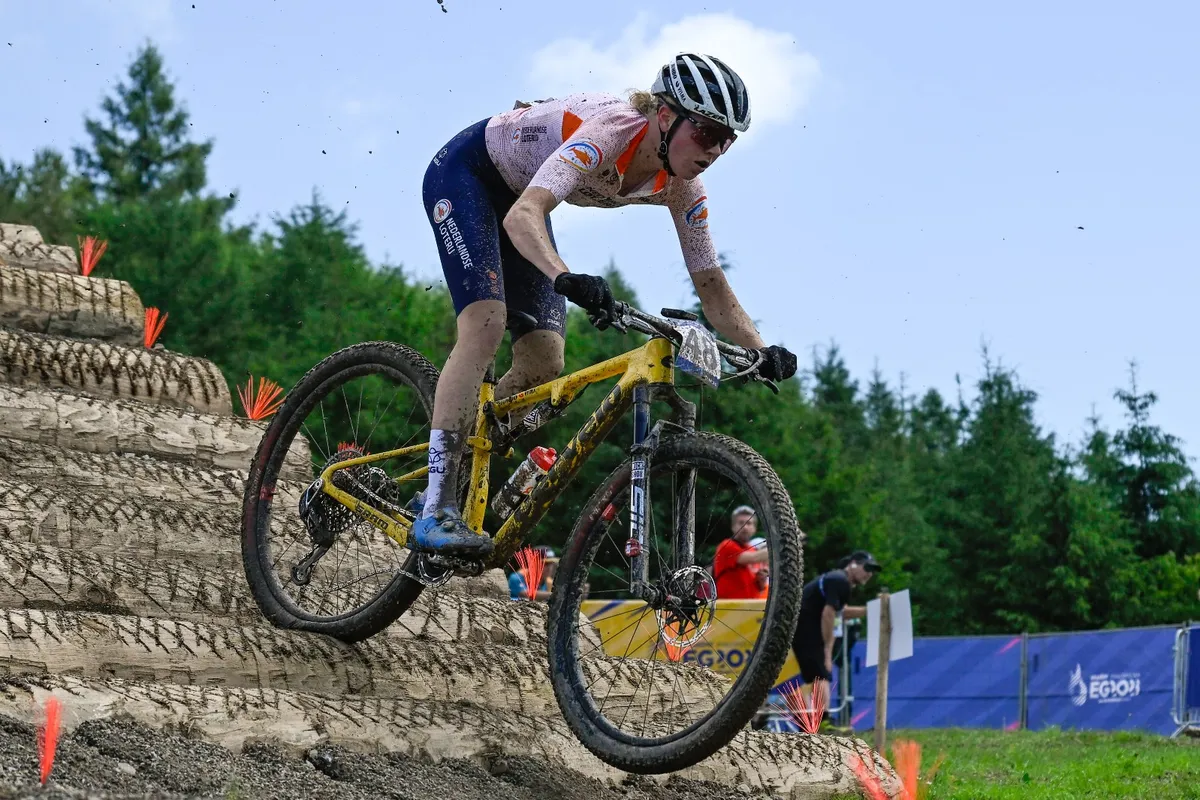
Pinarello isn’t the only drop-bar focused manufacturer to jump into the mountain bike scene this year.
After releasing its ZHT-5 hardtail in October 2022, Cervélo debuted the ZFS-5 full-suspension race bike at the start of August.
The brand opted for a single-pivot flex-stay suspension design and integrated the cables and hoses through a proprietary headset cover. Production bikes are offered with either 100mm or 120mm of suspension travel, with the longer fork compatible by using a longer 190x45mm shock.
It was interesting to see riders from the Cervélo-sponsored Jumbo–Visma team using a rigid LinkLock on the ZFS-5 at Nové Město earlier in the year. The LinkLock was used in place of the rear shock, making the bike rigid at the rear end.
Could this hint at a future where riders are able to switch between what is effectively a hardtail and a full-suspension bike in one?
After all, as far as we understand, the UCI’s “same bike” rule applies only to using the same frame in both short-track and Olympic events, not the complete bike, but we wonder whether cycling’s world governing body might have more to say on this in the future…
Suspension travel is increasing

Back to the evolution of full-suspension XC bikes, and one obvious nod to the growing importance of technical capability is the increased travel seen on some bikes.
Although, for a while, cross-country bike manufacturers settled on 100mm of suspension travel, some recent releases have started to take that figure in an upward trajectory.
Scott was one of the first manufacturers to up the travel on the Spark RC, to 120mm front and rear, and that didn’t stop Nino Schurter, the defending champion, from achieving third place over the weekend. Schurter also won last year’s title, his 10th XCO rainbow jersey, on the Spark RC.
Orbea has followed in Scott’s footsteps with its latest Oiz, also featuring 120mm travel at either end.
While Scott and Orbea have simply upped the travel, Pivot has done things a little differently. The brand’s latest Mach 4 SL, launched in May, incorporates a linkage-based flip chip, where you can alter the rear either between 95 and 103mm of travel, or 106 and 115mm.
Shorter-travel, semi-integrated designs are also on the rise

We’ve also seen the emergence of shorter-travel, semi-integrated suspension designs, used on the Trek Supercaliber and Specialized Epic World Cup – bikes from two of the biggest names in the industry.
This sees a shorter-than-usual rear shock integrated into the top tube and eliminates any extra pivots or linkages, effectively bridging the gap between a hardtail and full-suspension bike.
When Trek released the original Supercaliber in 2019, the brand said it aimed to produce a hardtail that was more confident on technical terrain, with better control and confidence.
This time around, Trek has upped the suspension travel on its second-generation Supercaliber from 60mm to 80mm at the rear, paired with a longer 110mm fork. The brand says it did this following feedback from the pros that they wanted more downhill capability and traction on rough, rooty climbs, while maintaining pedal efficiency.
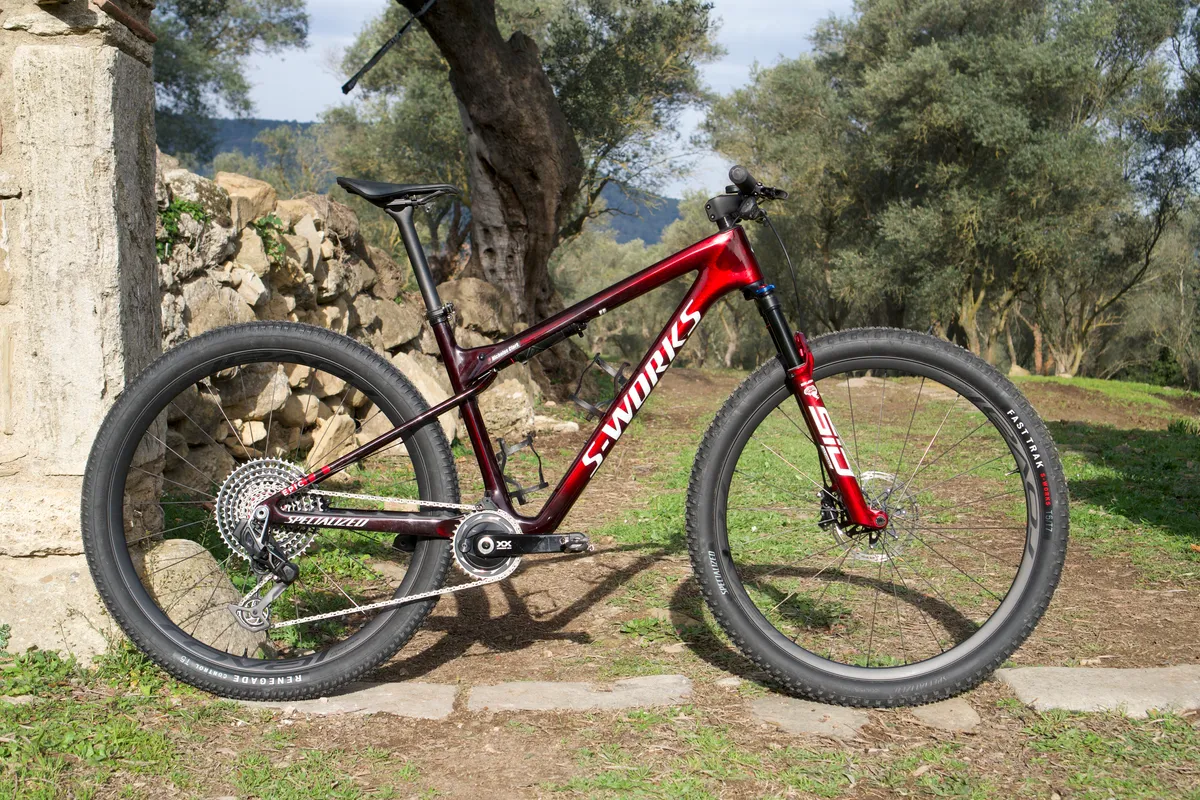
While Trek led the way with such a design, Specialized released its Epic World Cup earlier this year. Specialized’s offering sees a 110mm fork paired with a 75mm integrated shock.
With both brands broadly offering the same amount of bump-taming suspension, could this in-between genre of cross-country weapon represent the ideal balance for racers?
Geometry is becoming more progressive
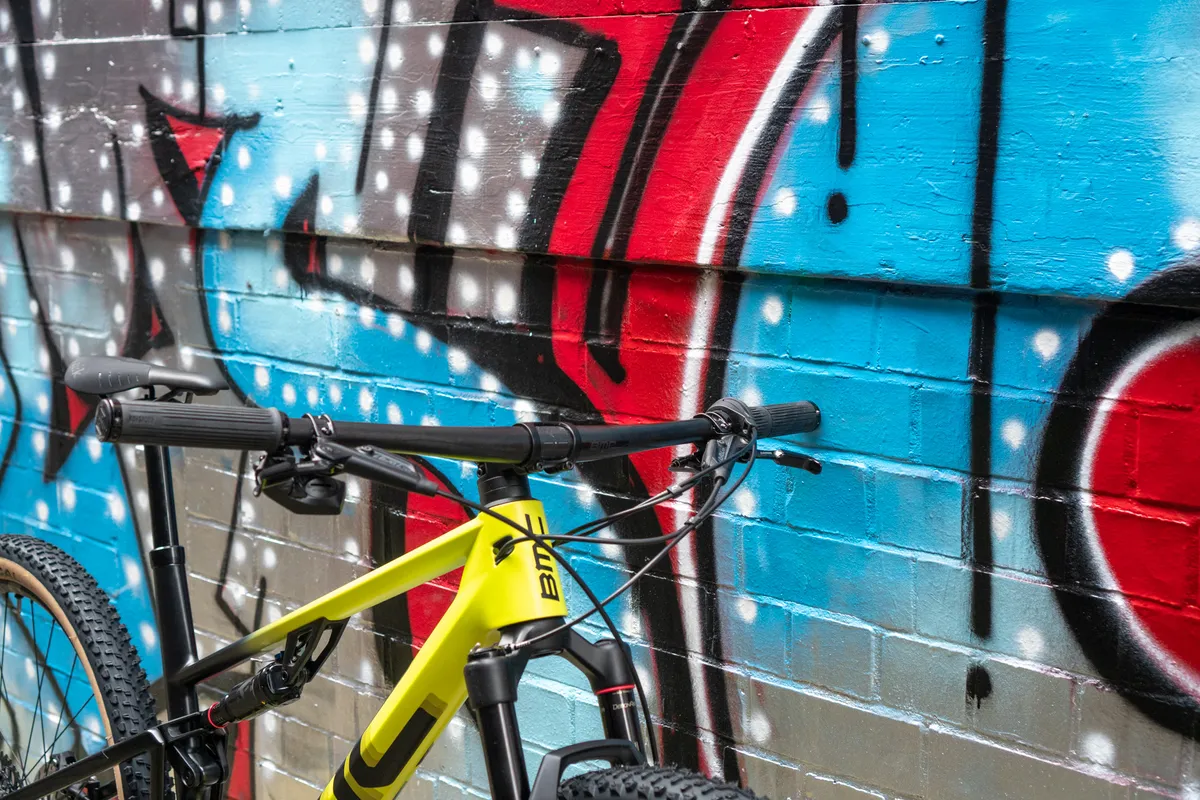
Not only has suspension travel increased to cope with the bigger hits of modern XC, but geometry has also become more progressive, in line with other mountain bike genres.
Gone are the days of steep head tube and slack seat tube angles, paired with long stems and narrow handlebars.
Brands are universally relaxing the head tube angle to offer calmer handling on descents, with steeper seat tube angles to position your weight more over the bike to help with climbing.
Reach figures have also grown, stems shortened and handlebars widened, to offer more room to move around the bike.
Are manufacturers moving away from hardtails?

While it would seem that most riders are moving away from hardtails on pro cross-country race courses, the reality is hardtails aren’t going anywhere.
There are plenty of scenarios where riding a hardtail makes sense, whether that be on less technical courses or in marathon events. This is particularly relevant if riders think they can get round the course faster than on a full-suspension bike, and benefit from the hardtail’s lighter weight and efficiency.
Even if her use of a hardtail was anomalous in the Glentress Forest, Ferrand-Prévot clearly proved there’s room for rigid rear ends at the top level, winning the elite women’s XCC and XCO races aboard a Pinarello Dogma HT.
Once the French rider had established a comfortable lead in the XCO race, she also took the B-line on some of the more technical features, staying out front while limiting risk.
The Dogma HT features an eye-catching bottom bracket junction, with a strut bridging the down tube and seat tube, which Pinarello says is to improve pedalling stiffness.
The driveside seatstay is also radically dropped in relation to the non-driveside, which Pinarello says is to counter-balance the forces put through the drivetrain.
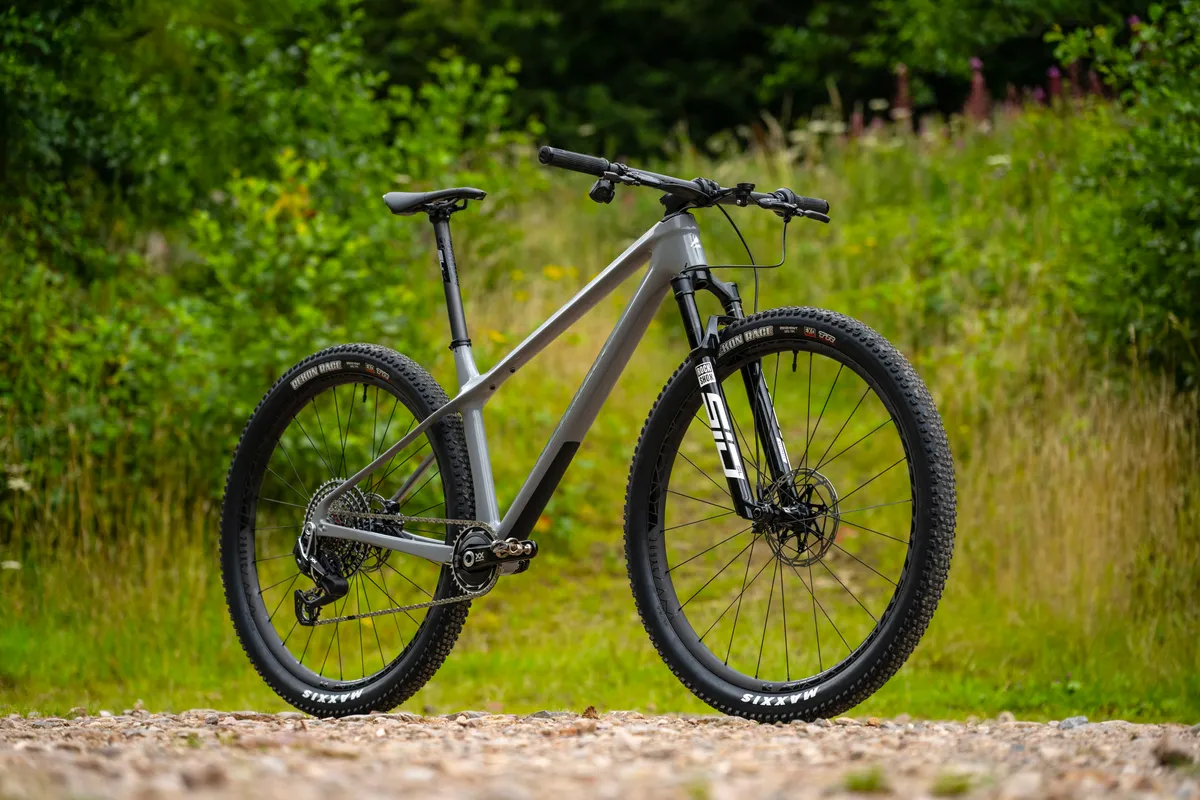
Other new hardtail releases, such as the Merida Big.Nine, Lapierre Prorace and aforementioned Cervelo ZHT-5 also suggest the genre is alive and kicking, even if they’re unlikely to see much action on the World Cup circuit because most racers are using full-suspension bikes.
Old favourites such as the Cannondale Scalpel and Canyon Exceed are still going strong, too.
So where does that leave things?

Ultimately, the profile of the race course is the deciding factor in what bike pro riders pick, and with the increasing technicality and difficulty of top-level courses, a full-suspension bike is often the more appropriate choice.
For the World Championships, a full-suspension bike was the right option for the vast majority of the riders – but both bike types clearly proved suitable, given that the two styles took a win apiece out on the course in the men’s and women’s XCO races.
It wouldn’t be surprising to see other manufacturers jump in on the semi-integrated design, which Trek and Specialized are pushing, because, on paper, it’s an option that could represent the best of both worlds.
On the other hand, the likes of Scott and Orbea, offering XC bikes with trail-like suspension figures, may think differently.
Either way, with the Paris Olympics looming, and cross-country back in the spotlight, it will be exciting to see what suspension travel and geometry figures manufacturers settle on over the next few years, and what other tech they can offer riders in the ever-evolving world of XC racing.
